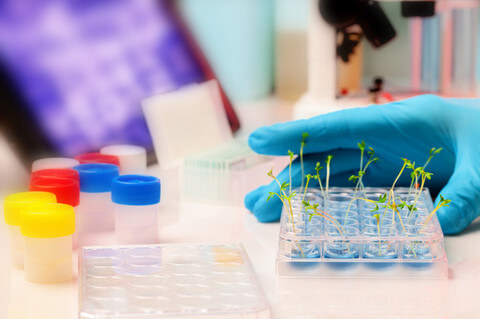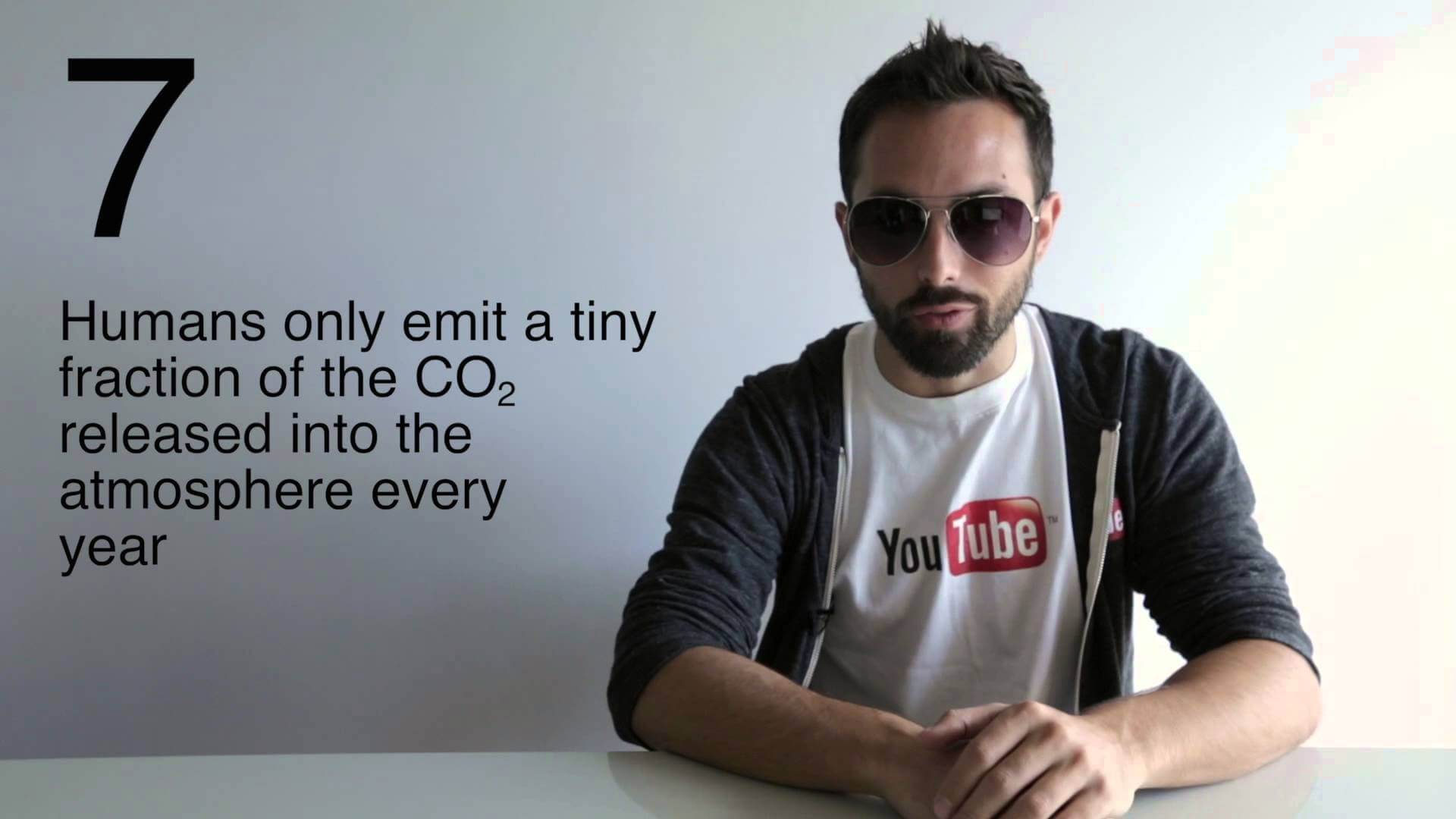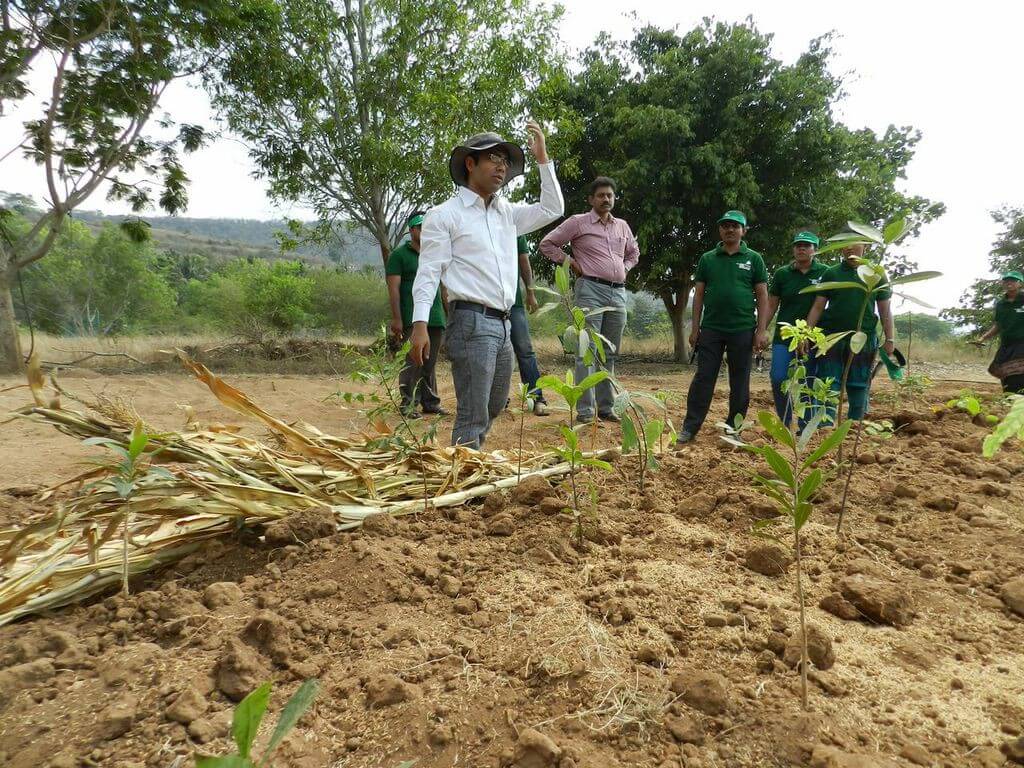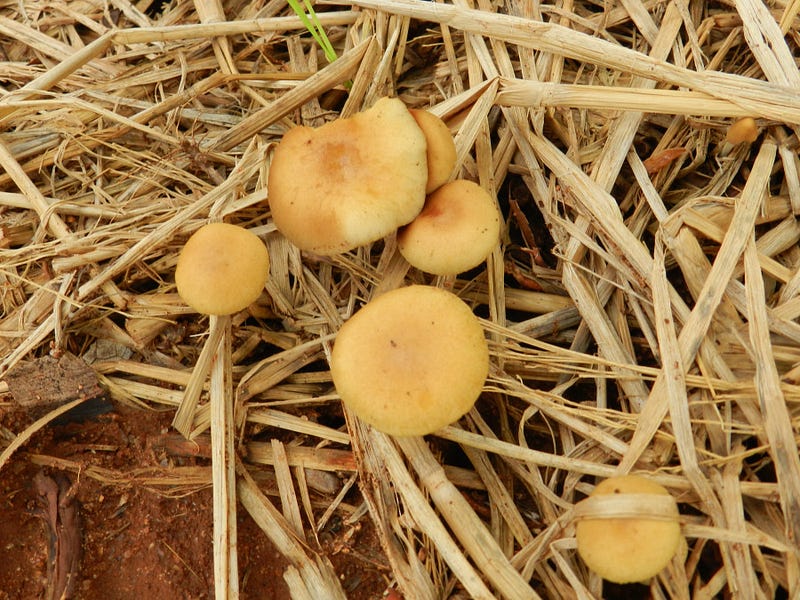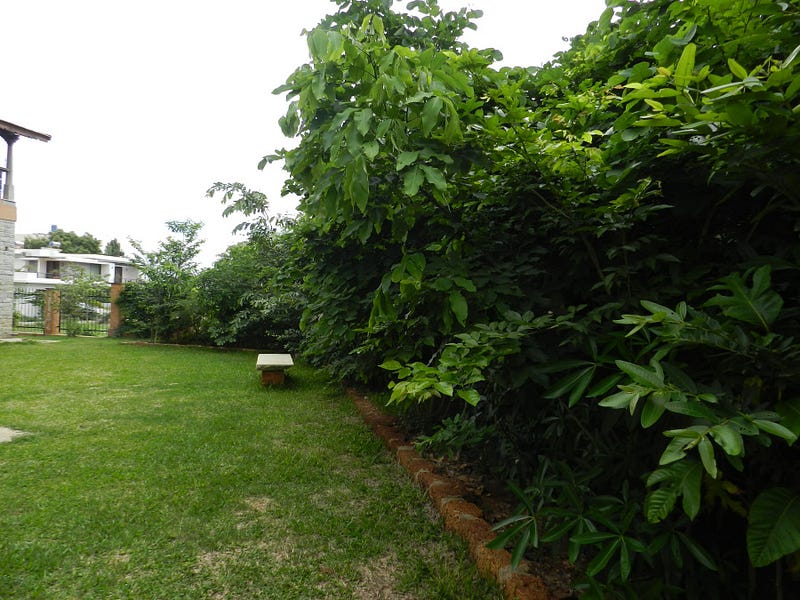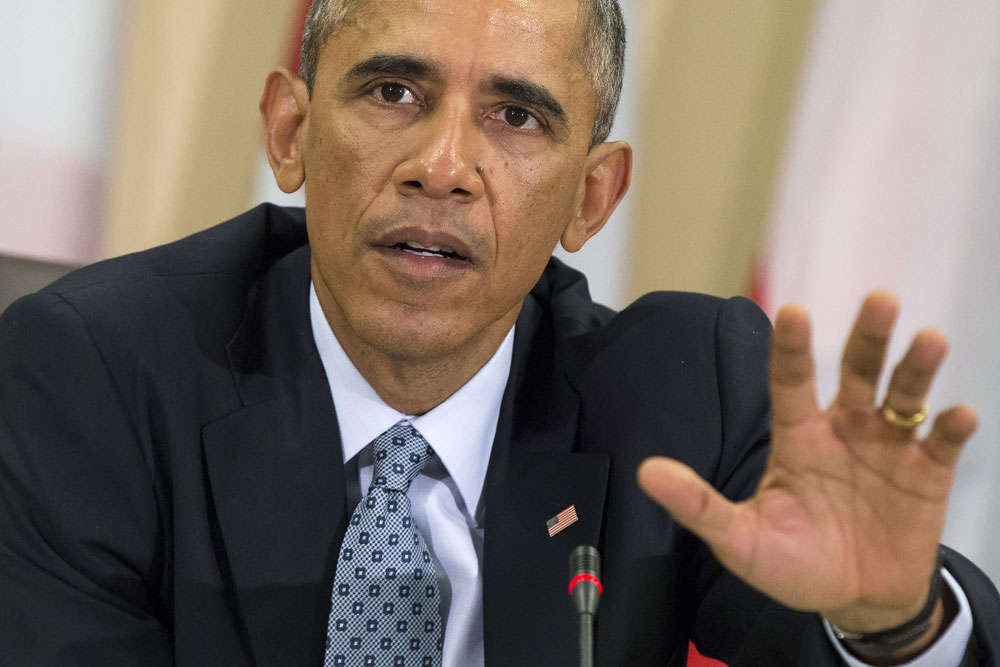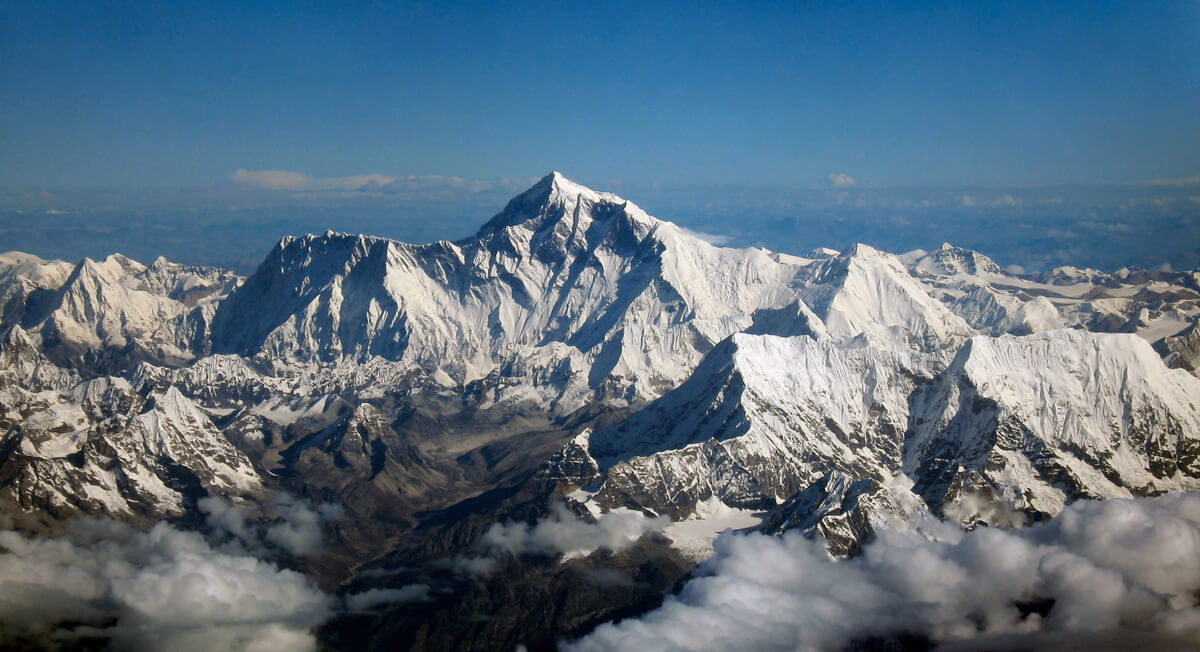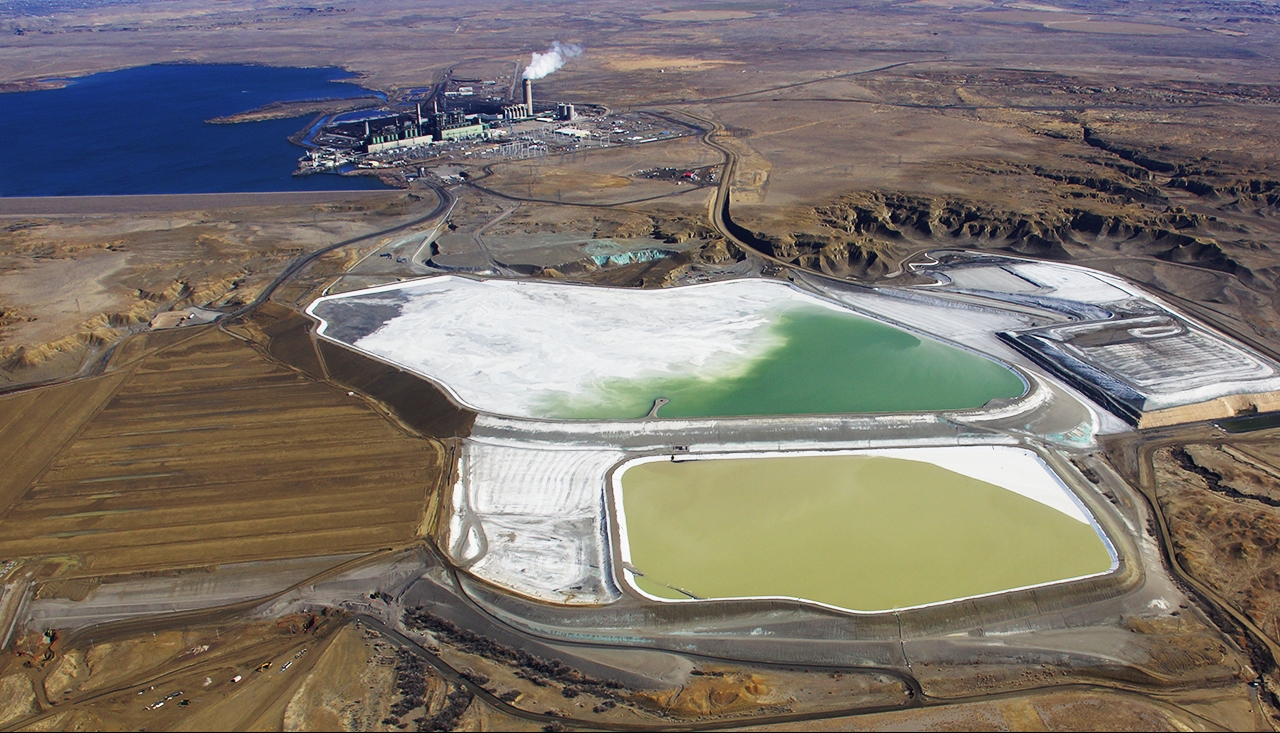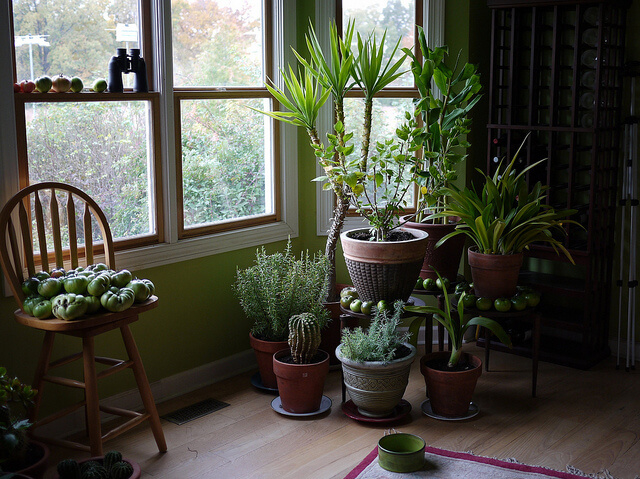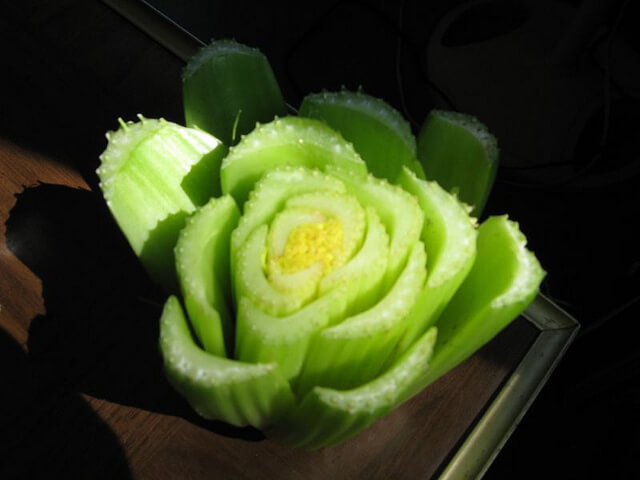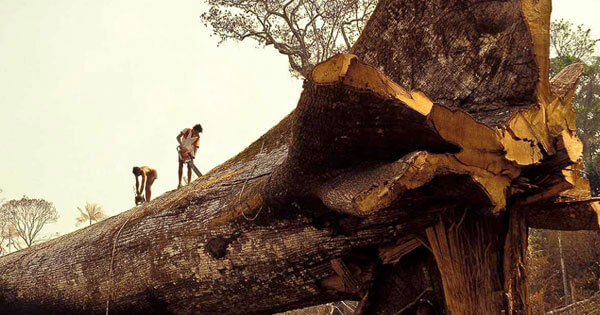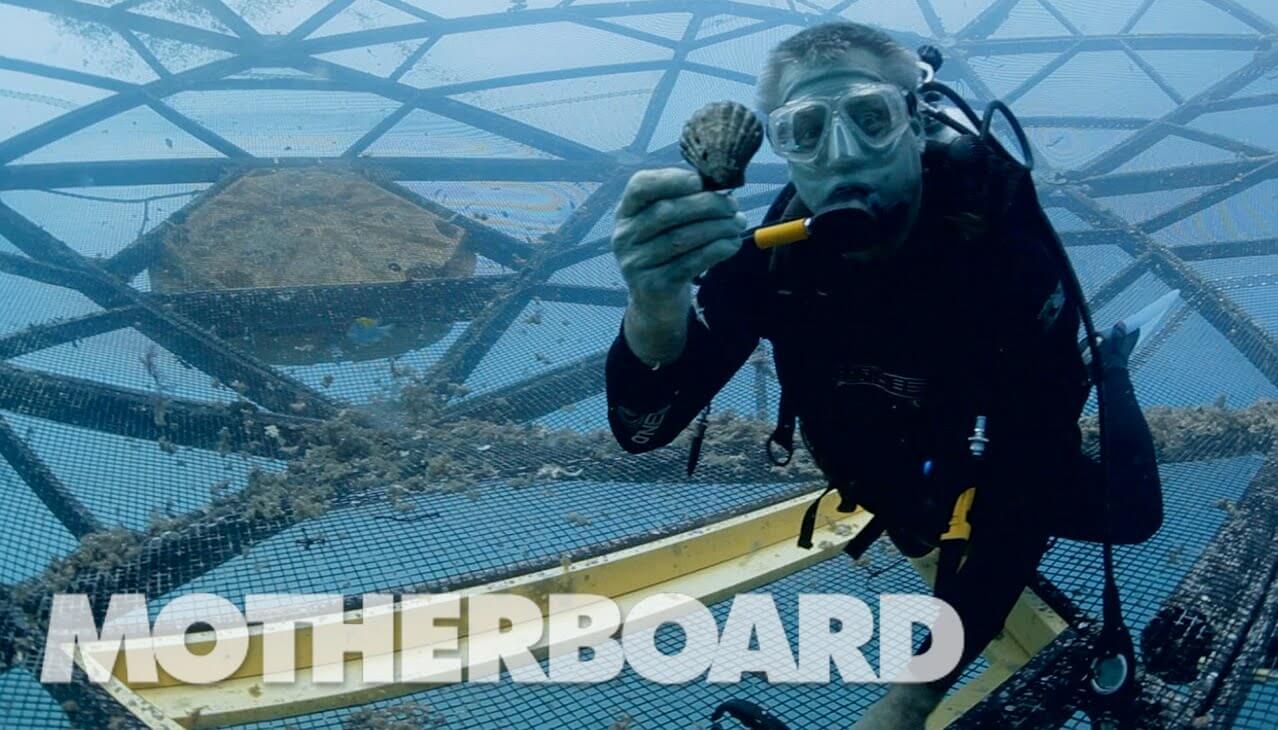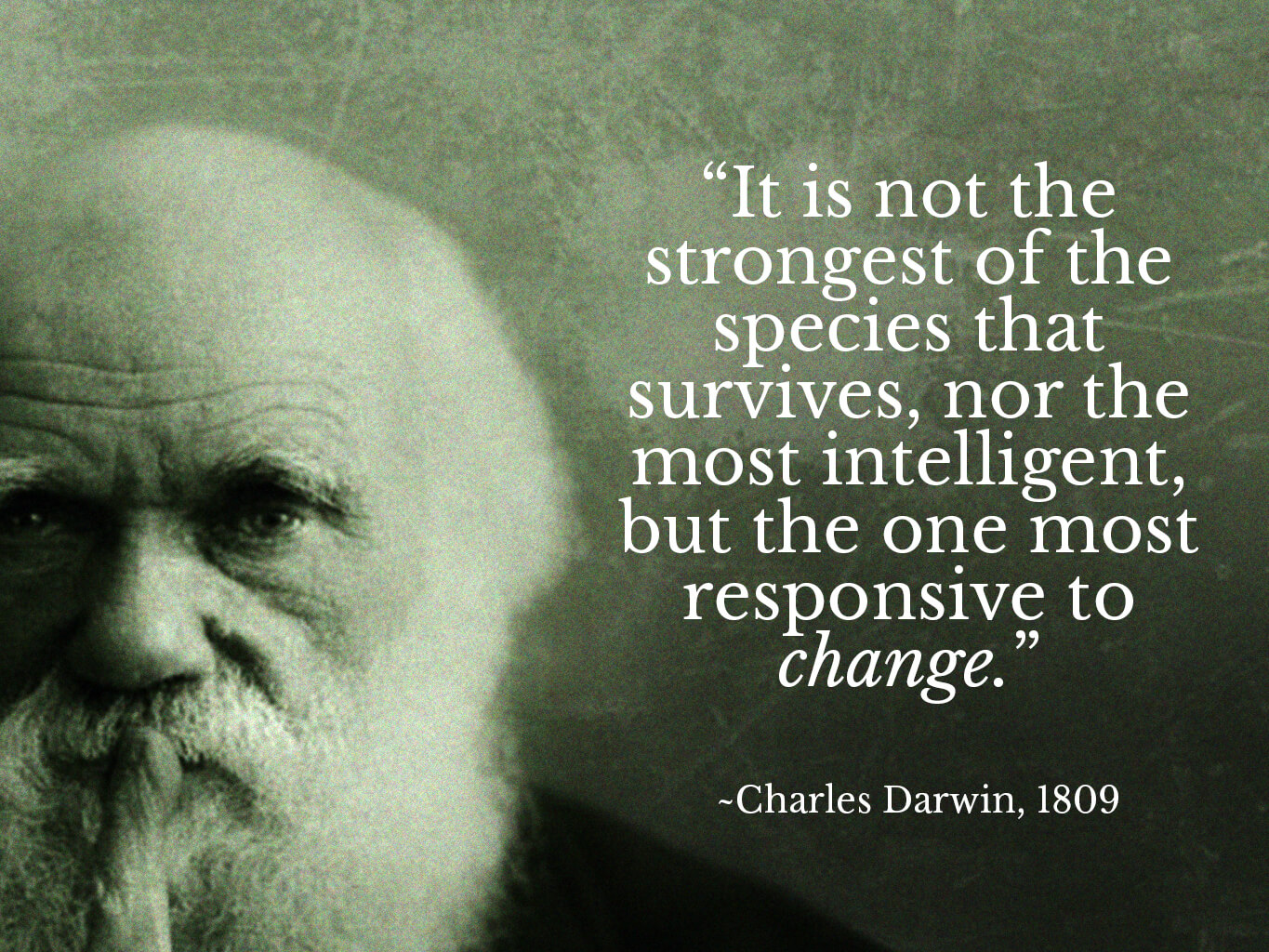Hershey intends to remove genetically-modified ingredients from Hershey’s Milk Chocolate and Kisses by the end of the year.
The company plans to ditch emulsifier polyglycerol polyricinoleate (PGPR) and artificial vanillin for the brands as it pledges to shift to “simple ingredients”.
No artificial colors and flavors or HFCS
Hershey said in a statement: “We are specifically looking to formulate new products and transition existing products to deliver on no artificial flavors, no synthetic colors, no high fructose corn-syrup and to be gluten-free.”
Hershey’s clean label initiative comes just days after Nestlé USA committed to removing artificial colors and flavors in its confectionery range.

Jeff Beckman, director of corporate communications at Hershey, told ConfectioneryNews. “We are looking closely at every ingredient in our products and how we describe them. We will strive for simplicity with all of our ingredients, but we may not achieve it with every product.”
Hershey has been under pressure from consumer groups to remove or label GMOs for a number of years.
Follows an earlier move in Canada
For Hershey’s Milk Chocolate and Kisses, the company will move to natural vanilla, non-genetically modified sugar and milk from cows that have not been treated with growth hormone rBST.
Hershey replaced artificial vanillin with natural vanilla and removed PGPR in Canada a few years ago. The Canadian products still contain soy lecithin, which Hershey has previously described as “basically a natural emulsifier made with soy beans”.
‘Simple snacking products’
In the US, Hershey also intends to roll out “simple snacking products” without high-fructose corn syrup or artificial colors & flavors, such as Brookside Dark Chocolate Fruit & Nut Bars.
It also plans to introduce a full ingredient glossary and profiles of the firm’s suppliers on its website.
Beckman said the shift to ‘simple ingredients’ could take a number of years, but said Hershey would provide updates on its progress.
The company said it would initially cost more to source ‘simple ingredients’, but pledged to maintain consumer prices. Last year, the company increased wholesale prices 8% globally in response to rising cocoa, dairy and nut prices. “No other action is planned at this time,” it said in a Q&A on its simple ingredients policy.
-

Simple Ingredients: Ingredients that are simple and easy to understand, like fresh milk from local farms, cocoa beans and sugar.
- Sharing What’s Inside: Sharing information on ingredients sourcing, manufacturing and labeling.
- Thoughtful and responsible sourcing: Working with suppliers to source sustainable ingredients, e.g 100% certified cocoa and traceable palm oil.
Mars under the spotlight
Mars has now come under pressure to remove artificial dyes following Nestlé and Hershey’s recent announcements.
The Center for Science in the Public Interest said in a release : “If Nestle can do it, Mars can do it.”
The organization has called on Mars to remove artificial colors linked to child hyperactivity in its M&M’s brand.
Mars has removed these dyes for M&M’s in Europe, but the brand contains Blue 1, Blue 2, Yellow 5, Yellow 6, and Red 40 in the US.

